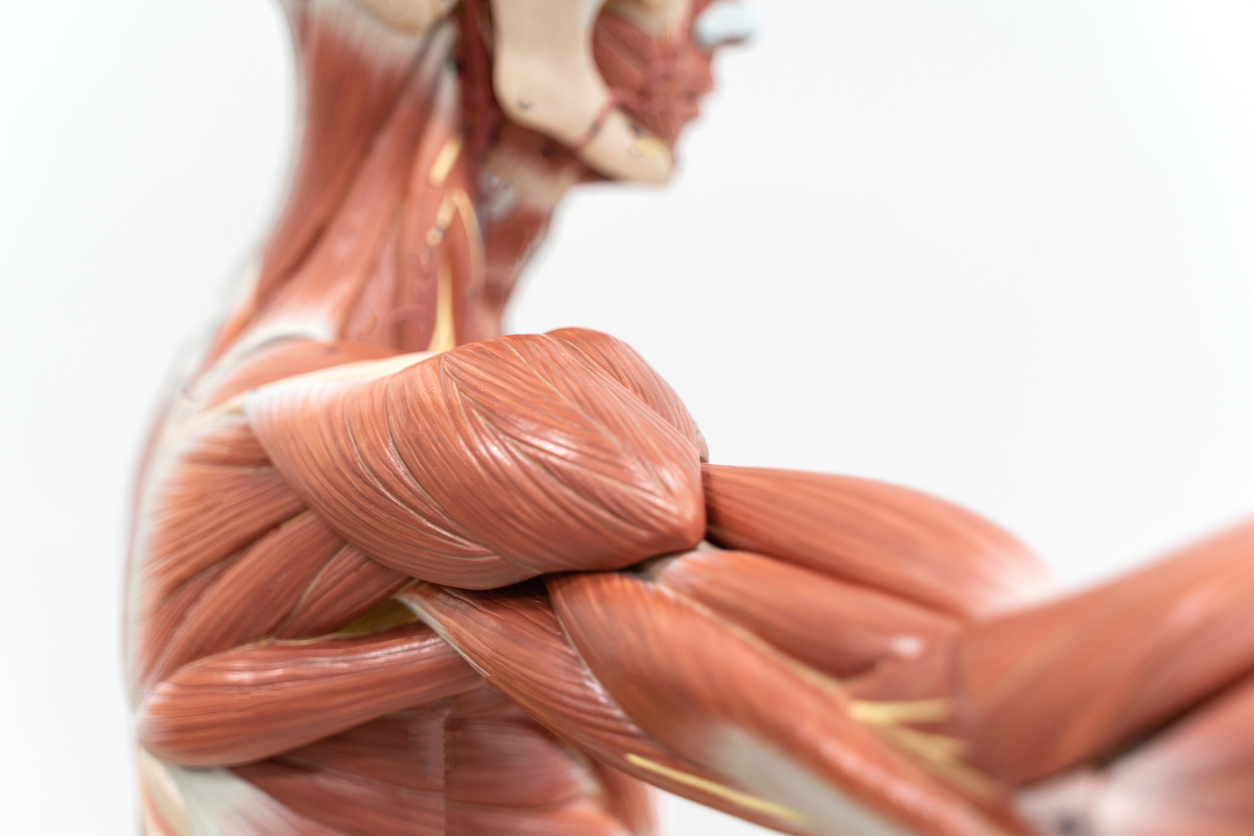Written by: Dr. David Westmacott, B.Kin, DC, RMT
All athletes have one thing in common. Whether they have had one, are currently playing with one, or are at risk of getting one, the dreaded SPORTS INJURY is and always will be a part of sports play. Many questions arise with coaches and parents of the athlete: Is the injured athlete doing more harm by continuing to play? When is it safe to return to play? How can the risk of injury be kept at a minimum? These questions can become a little easier to answer with a basic understanding of the physiology of the injury.
The majority of sports injuries are injuries to the body’s soft tissues. Soft tissues are muscles, tendons, and ligaments. These structures work in harmony to produce movement of the body’s frame. When a muscle or tendon is injured (strain) or a ligament is injured (sprain), the microscopic parts of these structures become deranged in such a way as to produce pain, swelling and altered function. The body begins its healing process immediately by repairing the microscopic anatomy by laying down dense, fibrotic SCAR TISSUE. Scar tissue is a gristly, glue-like substance that is resistant to stretch. The normal elasticity of the muscle, tendon or ligament is lost and pain occurs with movement.
The common link between all soft tissue injuries is SCAR TISSUE. This scar tissue binds up and ties down tissues that need to move freely. As scar tissue builds up, muscles become shorter and weaker, thus inhibiting normal muscle function. Normal body mechanics is therefore altered predisposing the athlete to other soft tissue and joint injuries. Decreased athletic efficiency and performance is also a result of altered body mechanics.
In order for a soft tissue injury to be completely healed, the fibrotic scar must be broken down to restore the normal elasticity and pliability of the tissue. Normal functioning muscle is paramount to ensure normal body mechanics.
Active release therapy (ART) is a soft tissue treatment system that releases the scar tissue that occurs with injured and overused muscles. Back pain, shin splints, rotator cuff injuries, sciatica, plantar fasciitis, knee problems and tennis elbow are just a few of the many conditions that can be resolved quickly and permanently with ART. The ART provider uses his or her hands to evaluate the texture, tightness and movement of muscles, tendons, ligaments and nerves. Abnormal tissues are treated by combining precisely directed tension with very specific patient movements.
The key to a safe and enjoyable athletic career is a basic understanding of the physiological changes that occur with the athletic injury. An understanding of the importance to rid the body of painful, movement altering scar tissue, will not only get the athlete back on the playing field sooner but will prevent further injuries and thus increase overall athletic performance.
If you think you could benefit from an ART treatment, please contact Active Sports Therapy for an assessment from one of our chiropractors.
*This blog is not intended to officially establish a physician-patient relationship, to replace the services of a trained physician, naturopathic doctor, physical therapist or chiropractor or otherwise to be a substitute for professional medical advice, diagnosis, or treatment.


